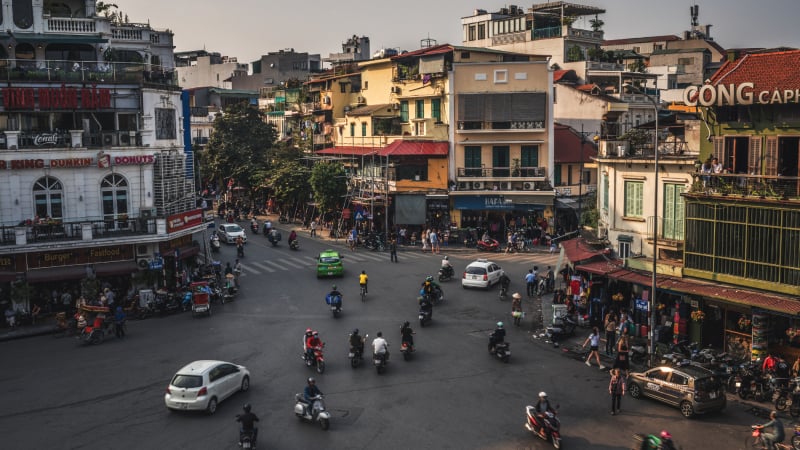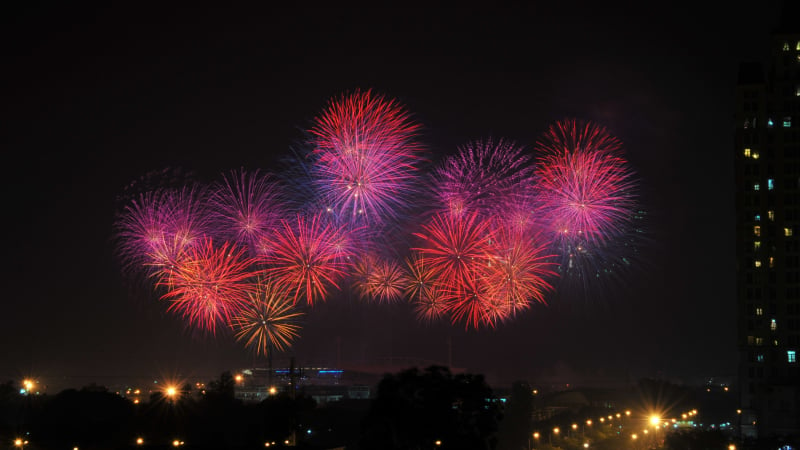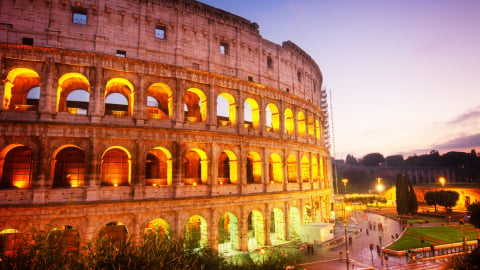This year’s National Day, September 2nd, Hanoi is not only brilliant with flags and celebrations, but also offers a very unique tourist experience: The Hanoi Train double-decker train. This is a new tourist product, combining nostalgia and modernity, promising to create an attractive highlight, attracting domestic and foreign tourists.
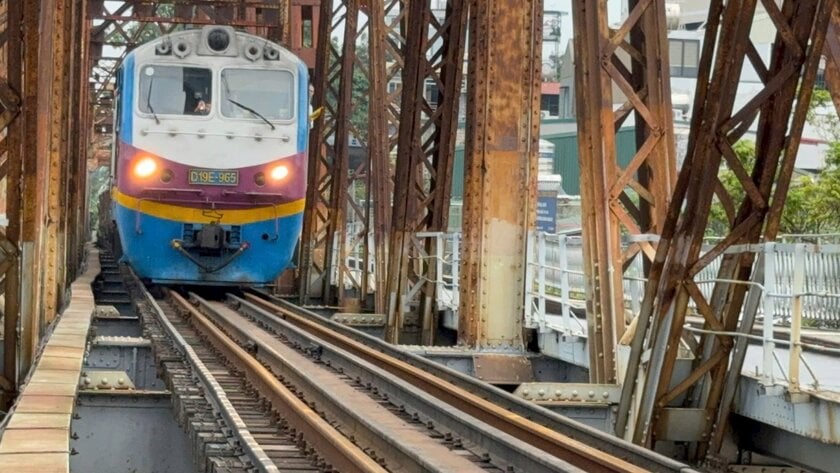
The Hanoi Train consists of 10 double-decker carriages, inspired by successive cultural layers through the ages. In the first phase, there will be 7 carriages put into operation. Of which, 5 special passenger carriages are named after 5 famous gates of ancient Hanoi: Quan Chuong Gate, Cau Den Gate, Dong Mac Gate, Cau Giay Gate and Cho Dua Gate. The remaining two carriages are community spaces, serving the check-in and diverse experience needs of tourists. In the next phase, the remaining three carriages will be designed in the style of old restaurants and cafes, adding unique services to the journey.

Hanoi will launch a double-decker "5-gate" train, connecting cultural heritages with a unique night travel experience.
Each train car is covered in a luxurious, dark color scheme, with a nostalgic feel. The interior is a subtle blend of classic and modern, with wood as the main material, soft lighting and decorative motifs imbued with Hanoi's character. In particular, each car has large windows and a skylight, allowing passengers to conveniently enjoy the scenery along the route, from the ancient streets to the hustle and bustle of the city. Traditional cultural images are also subtly interwoven on the body and interior, creating a harmonious whole that is both highly aesthetic and imbued with identity.

This is the first time a tourist train has been specially designed to introduce Hanoi culture through a railway journey, combining nostalgia and modern amenities.

The train is expected to operate 3 trips/day, departing from Hanoi station, passing through Long Bien, Gia Lam, Yen Vien and Tu Son (Bac Ninh) stations, then turning back.
The Hanoi Train will operate three trips per day, departing from Hanoi Railway Station, passing through Long Bien, Gia Lam, Yen Vien stations and stopping at Tu Son Station (Bac Ninh) before returning. The flexible departure times are 8am, 2pm and 8:30pm, allowing visitors to choose to experience the journey to explore Hanoi in both the vibrant daytime space and the sparkling beauty of the city at night.
In addition to transportation, passengers can also participate in many entertainment activities and art performances throughout the journey, enhancing interaction and bringing memorable moments. In addition, integrated services such as package tours, train tickets, accommodation, sightseeing and cuisine will also be provided, meeting all the needs of tourists.
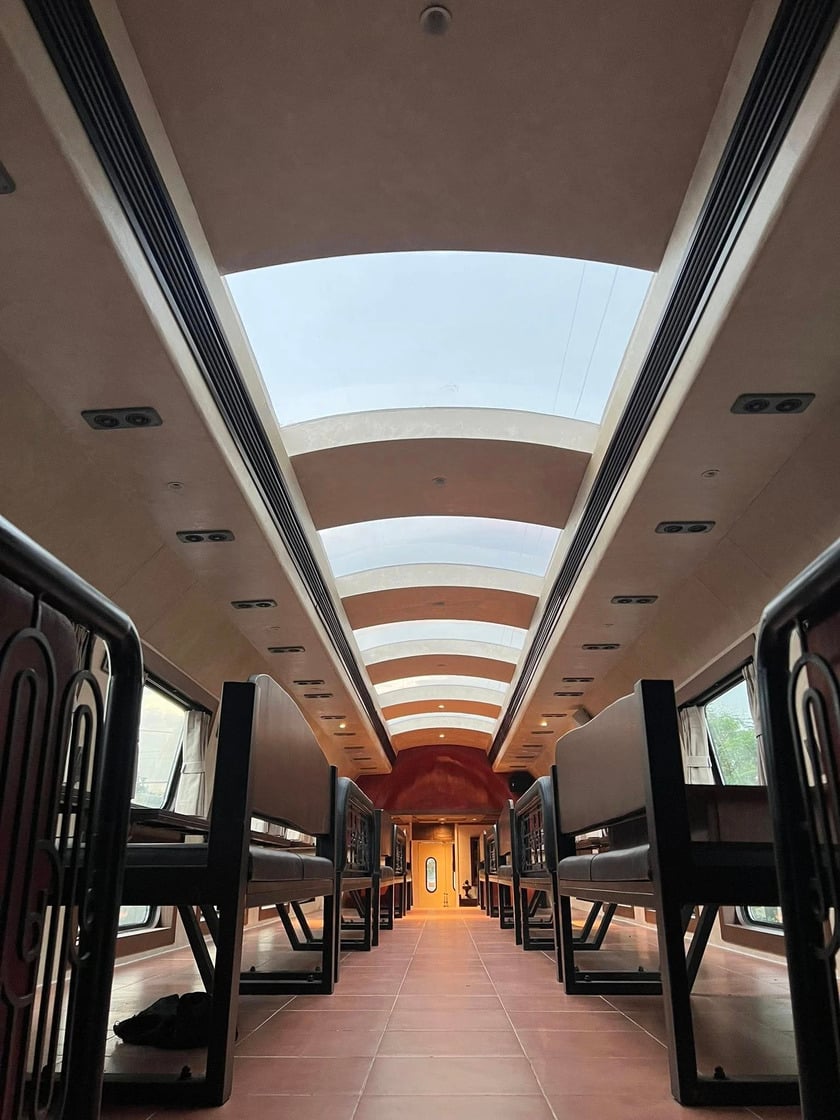
The interior is a blend of classic and modern, using wood materials, soft lighting, and decorative motifs imbued with the old Hanoi style.
The launch of The Hanoi Train is expected to create a strong boost for the capital's tourism industry, especially during the National Day holiday on September 2. This is not only a means of transportation, but also a cultural experience, a way for visitors to reminisce about the past and feel the development of Hanoi.
The appearance of this double-decker train takes place in the context of Hanoi tourism showing positive signs. According to data from the first 7 months of 2025, the city welcomed about 18.36 million visitors, an increase of 11.6% over the same period in 2024. Total revenue from tourism is also estimated at 73 trillion VND. Recently, the Booking.com platform also recorded Hanoi as the most searched destination for Vietnamese people during the upcoming National Day holiday. This shows the great potential of the capital's tourism market and the positive reception of tourists for new, unique products.
In addition to The Hanoi Train, the railway industry is also researching the renovation of stations such as Long Bien, Gia Lam, Co Loa into exhibition and cultural event spaces, and building a railway museum at the Gia Lam Railway Factory. These efforts not only contribute to diversifying tourism products but also preserve and promote the cultural and historical values of the Vietnamese railway industry.







